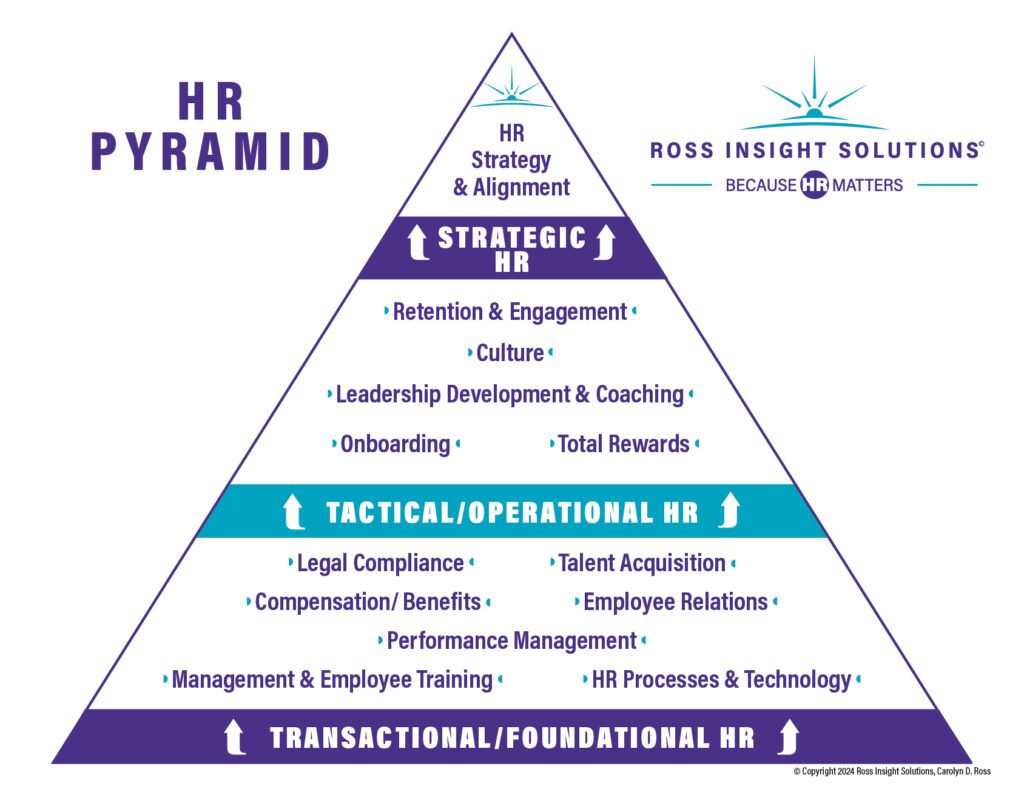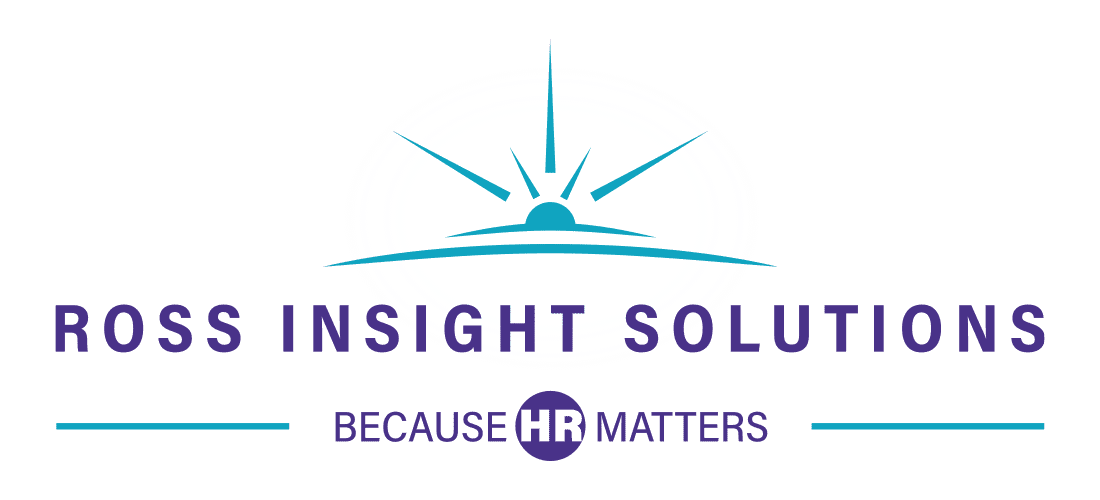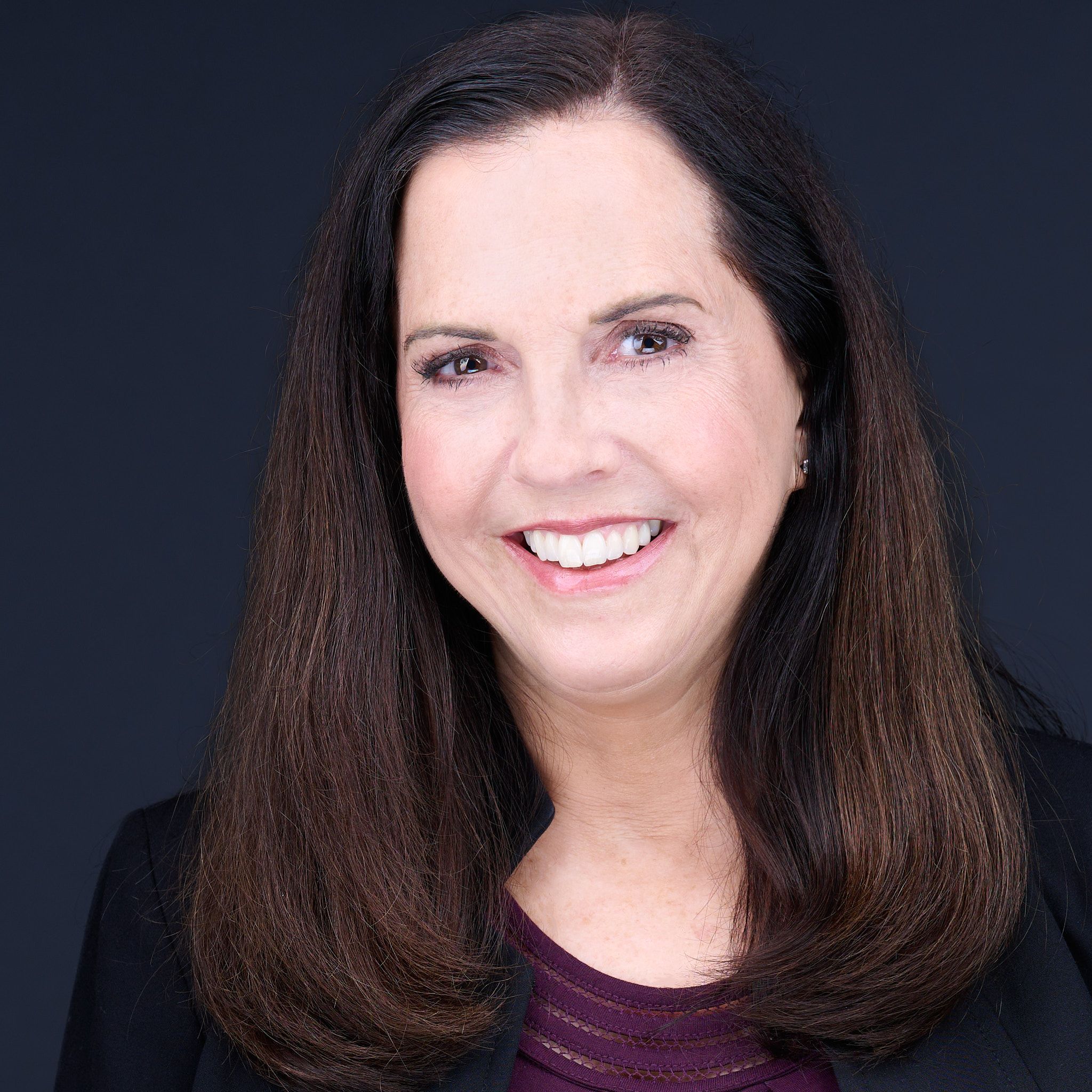
Historically, companies offered their employees very little – just a reliable paycheck and some core benefits, including paid holidays and vacation; the latter of which had to be earned over time. Any consideration for employees was restricted to just that. Employers could be more complacent and more “demanding.” Few, if any, thought much about employee retention or engagement. Many employers did not put much thought or effort into what their employees thought of or wanted from them. Expectations of the employer were lower then, yet loyalty by the employee was higher.
In the 1930s, employee or job satisfaction was established as a competitive variable in the workforce. Job satisfaction can encompass an employee’s day-to-day subjective feelings about things such as working conditions and compensation, among other external factors. It still has less to do with those intrinsic factors that would bring out the best in employees and what employers could do to influence that.
In the 1990s, the term “employee engagement” entered into the workplace lexicon, expanding on the concept of job satisfaction. It really began to gain traction in the early 2000s, when researchers and management gurus began applying Maslow’s Hierarchy of Needs within the workplace. They concluded that if employers provide more for employees’ psychological, as well as their practical needs, they will work harder and do better work. Today, this seems very obvious. But for years, with many employees staying at the same job and collecting their paycheck for twenty years or even as long as their whole career, companies did not really see the need to do more to secure employee loyalty, other than to expect it.
Since the 2000s, employers started measuring engagement levels—going beyond bare bones “satisfaction”—and they started putting programs in place to improve engagement, based on those results. What is “employee engagement” and how does it differ from employee satisfaction? To paraphrase Peter Drucker, management consultant and author, “satisfaction” means being happy to go to work every day, while “engagement” is the willingness to expand discretionary effort for the benefit of the employer. It is the idea of going above and beyond. With this in mind, any company that wants to attract and retain top talent must establish and use employee engagement surveys and be prepared to respond to employee input to improve engagement. As with Maslow’s Hierarchy of Needs of “belonging” and “esteem,” “engagement” is appropriately situated in the operational and tactical second tier of the pyramid, pictured below.

In these post-pandemic years, younger generations are currently making up significant workforce numbers and are coming to the workplace vocalizing their higher expectations of employers. A consistent paycheck is no longer enough. In 2023, the average employee tenure for employees aged 25 to 34 was only 2.8 years. Their focus is to keep seeking what they want in their jobs until they find it, and this statistic supports that. Instead of accepting the standard company offerings, they ask, “What’s in it for me?”
Savvy businesses now understand this and have integrated it into their Employee Value Proposition (EVP). Examples of what employees want from their employers include:
- Higher pay… and transparency around that
- Top tier benefits and the flexibility to select what they want and when they want it (particularly as life phases change)
- Not just “work/life balance” but the flexibility and time to live life the way they want and work whenever/wherever they want to work
- Development of themselves as employees, leaders, and contributors… and the quick promotions that go with it
- Speaking of “contributing,” they want to know, “How is my employer (the company) contributing and how am I contributing to the greater good?”
It is safe to say that employees of any age group, gender, or generation in the past would never have even considered any of the foregoing, never mind dare to ask for or expect it. Employers often do not realize that they can have a significant impact on the degree of engagement from their employees, and can influence the level of discretionary effort expended by their people if they would slow down and take the time to do those things that are going to truly engage their team members. Following this protocol, companies set themselves up to transform their business through their people.
This approach challenges the old notions of employee loyalty. It has been a tough job market over the last several years. Yet, even in the face of layoffs and difficulty finding work, the overarching requisite for employees is what the employer is offering for them, as individuals, and to what degree. Employees want to feel invested in and valued, and only then will loyalty be more freely given. They want training and the opportunity to develop and apply new skills, especially skills that are transferable. They want to feel like their contributions have real value and are truly recognized and rewarded. It is a symbiotic relationship: When employers foster an environment of engagement, employees will respond to that and do their best work.
For more information, please reach out to me at 774-250-5005 or send an email to carolyn@rossinsightsolutions.com.
#employeeengagement #jobsatisfaction #discretionaryeffort #attracttoptalent #retaintoptalent #higherpay #toptierbenefits #worklifebalance #professionaldevelopment #contributions #bestwork #transformyourbusinessthroughyourpeople

